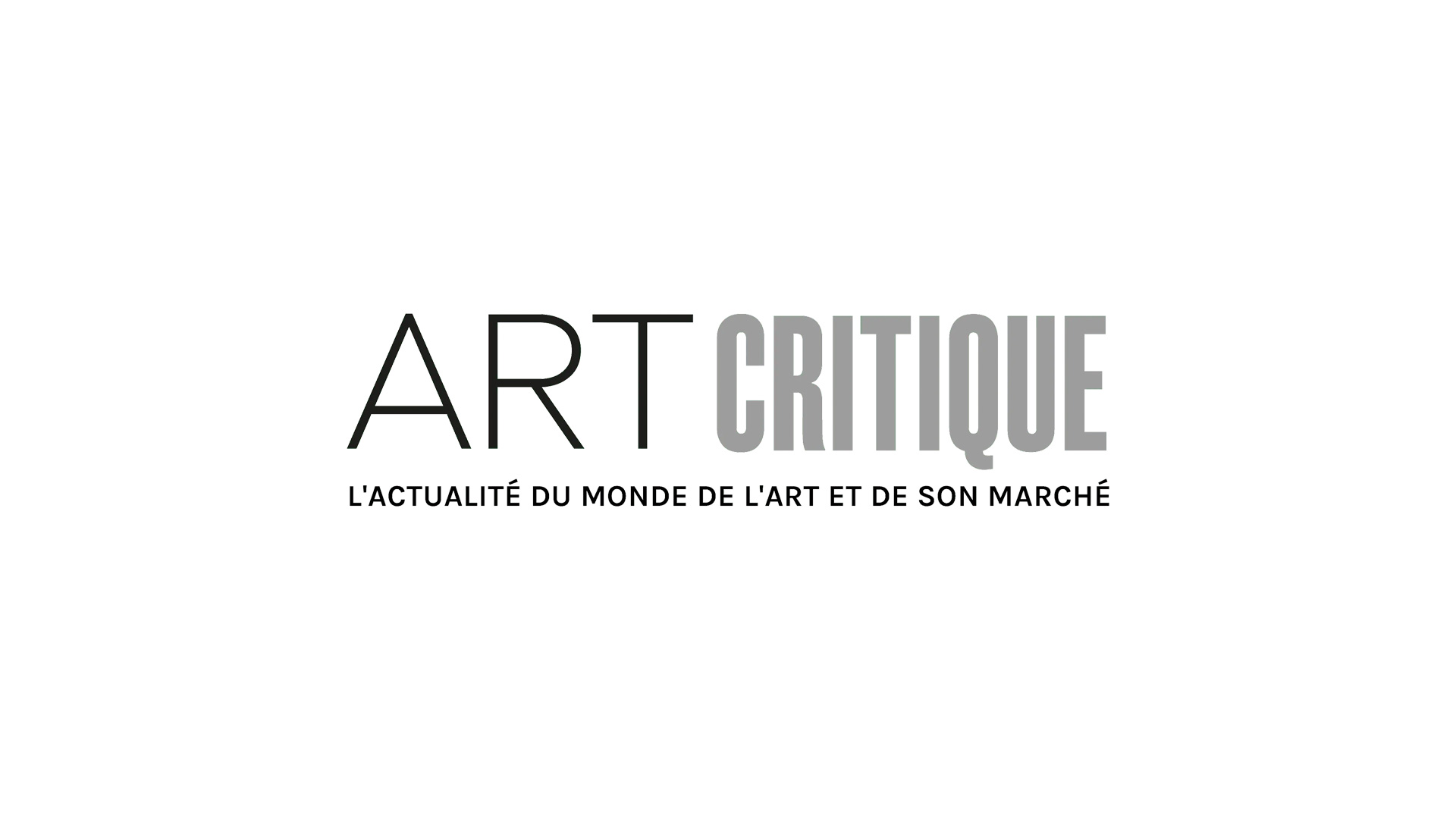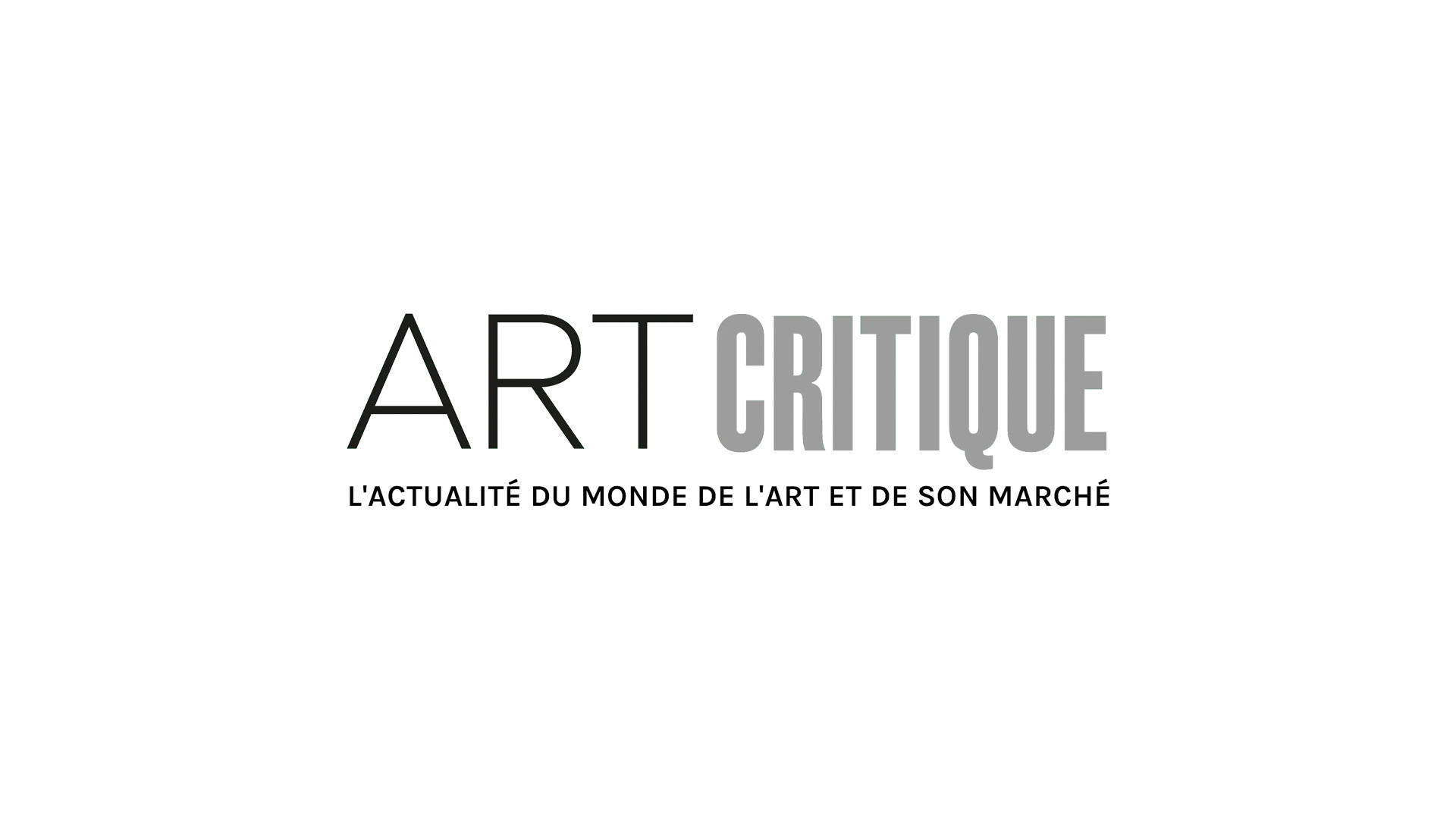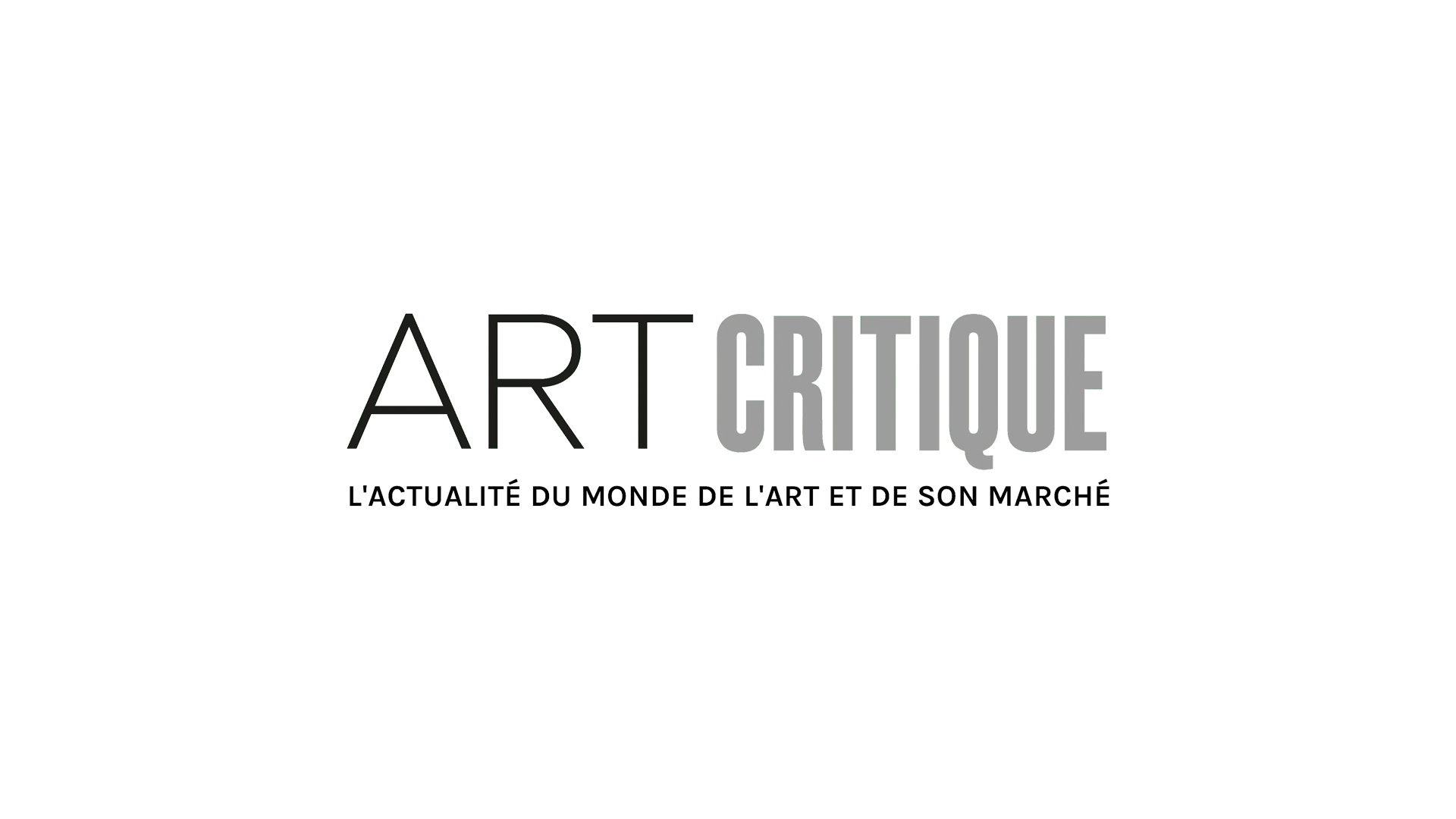What a lucky group of Roman schoolboys there must have been at the start of the 20th century! They were the ones that the lectures currently compiled under the title Brief but true history of Italian painting were addressed. We dream about the time where the young neighbours’ masterpieces were introduced to an understanding of their family heritage, where adolescents could listen to a long and detailed discussion on the respective contributions of Masaccio and Masolino to Carmine’s painting. However, the master was actually not much older than his students; he was not yet 25 years old. But what confidence he had, what brilliance! “How many professors have failed to teach us anything?” That’s probably not what Roberto Longhi’s students thought, even if the aphorism carved like a medal sometimes sounded strangely Lacanian.
The text of these early lectures would remain unpublished during his lifetime before appearing posthumously and very successfully in 1980. It’s not difficult to understand why; from the extreme youth of the author the scars are visible, especially in the preliminary theoretical called “Ideas”, and quite brittle. The hierarchy of artists, which is quite subjective, owes a lot to the enthusiasm and reactions of time, with praises and condemnations that sometimes astonish and provide information about fluctuations on the pendulum of esthetic values. To take just one example, the important contribution attributed to Antonello de Messine would probably be irrelevant after the findings to come out of the major Scudery retrospective in 2006. A very pronounced “early 20th century flavour” permeates the project – which actually adds to its slightly eccentric charm. And the Japanese style is so prevalent that Longhi detects it even in the paintings of the oratory San Giovanni in Urbino! Berenson, it is true, saw, Japanese traits in Crivelli.
Claiming a radical formalism, the master dismisses all the trends that come as much or more from the iconological than the purely stylistic. All contextualizing seems useless and even harmful to him. It is precisely for this reason that he completely “skips over” the Middle Ages, especially Romanesque painting, which is unceremoniously eliminated, just like Lorenzetti or Gozzoli. From his perspective, anything that interferes with the perception of the “pure subject” is essentially artistic, anecdotal and clouds the judgement of taste. In Longhi’s view the meticulous Van Eyck is the archetype of false glory. Likewise, all psychologism is banished; the line and colour alone can and should express a situation or a mood, otherwise it’s merely “sentimental decadence”. In this area, Piero is the undisputed master of a world where substance is entirely chromatic.
Formalism is the order of the day in writing also. In his early work Longhi already seemed to be a first-class stylist. His sense of the striking image is amazing especially when he equates Saint François by Giotto with a large burning pine cone or when he sees the flesh of Christ as depicted by Bellini decay like marble. He knows how to craft a metaphor, as well the minerality for Mantegna, and how to form a phrase so that it can be etched in our memory such as his definition of Tiepolo as Verona after a rainfall. A page like the one that Longhi dedicates to the mosaics of Saint-Vital de Ravenne is in all respects worthy of Proust, and it is far from being the only one. Elsewhere in the book, real bits of bravura call for a round of applause like at the opera; the stunning page dedicated to Sainte Famille des Offices is even more beautiful than the Buonarott culturalist exhibition which inspired it. Lucien d’Azay’s elegant translation does justice to this lush and meandering style which is reminiscent of Annunzio., As well, the pleasure that he takes in translating Longhi’s own neologisms into French is infectious. His post script allows readers to appreciate all the attention bestowed on the artist’s copy, without being subservient, which honours both the masters of long ago and the poets of today.
In this text dated in 1914, cultural nationalism seems to shine through; “all the European artistic trends, without exception, come from Italy”! The flipside of the coin is that in 1900, Italian art was a barren wasteland in Longhi’s opinion – but “Italianism” is unapologetic for that situation because that great style continues to live on elsewhere which is all that matters. The concept of ethnicity, he insists, has no place in art. From this perspective it is worthwhile to compare the cavalier view of Longhi to a text like L’Art français by Chastel, who was heavily influenced by the Florentine master. His honourable inscription in Grand atelier d’Italie proves the point : a Roberto Longhi, duca, signore & maestro nel campo della pittura italiana, but even more revealing are the more or less deliberate “Longhisms” that are sprinkled throughout the prose of this celebrated Parisian art historian. France, incidentally, makes an appearance in the final pages of Brief History that is as immense as it is unexpected. For Longhi, in effect, all the potent lifeblood of this overview of Italian art, especially when it comes to Caravaggio, permeated some styles of French painting right up until his era. And to cite Courbet, Manet, Renoir, Degas and especially Cézanne he is, “the most celebrated artist of the modern era” credited with the honour of being a kind of nephew to Piero
After reading Brief History, we have a better understanding of the part that Longhi played in educating his students who were as different from him as Passolini. His thesis is so decisive that there is no need to share it in order for it to be appreciated. His splendid descriptions, his evocative analysis are thought provoking and more importantly, very illuminating. Without ignoring the heated discussions that it elicits (and still elicits), we promise to bring this delightful volume published by Klincksieck, effectively annotated by Neville Rowley, along with us on a future visit to Florence – the Florence that prevails over Lohnghi’s vision of artistic Italy and in which he himself ruled for a long time like a true military leader of arts.

Roberto Longhi, Brief but true history of Italian painting, translated by Lucien d’Azay, presented and annotated by Neville Rowley, Paris, Klincksieck, 2018, 192 p., 21.50 e.






